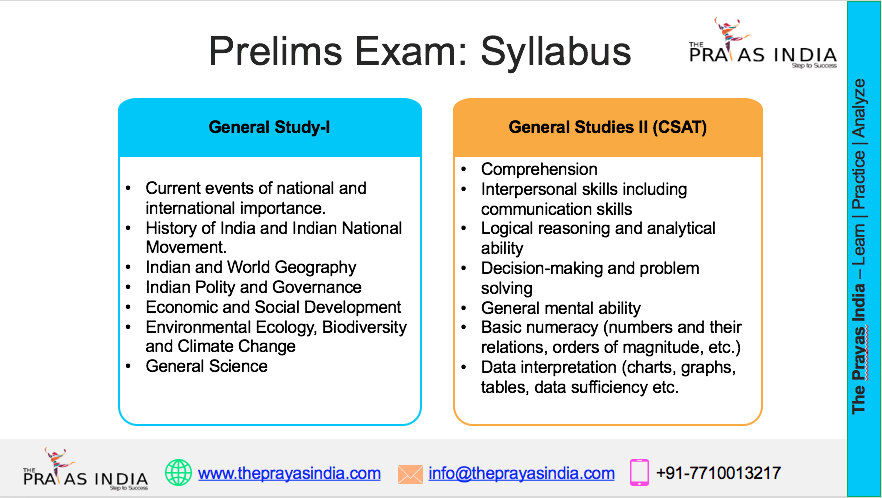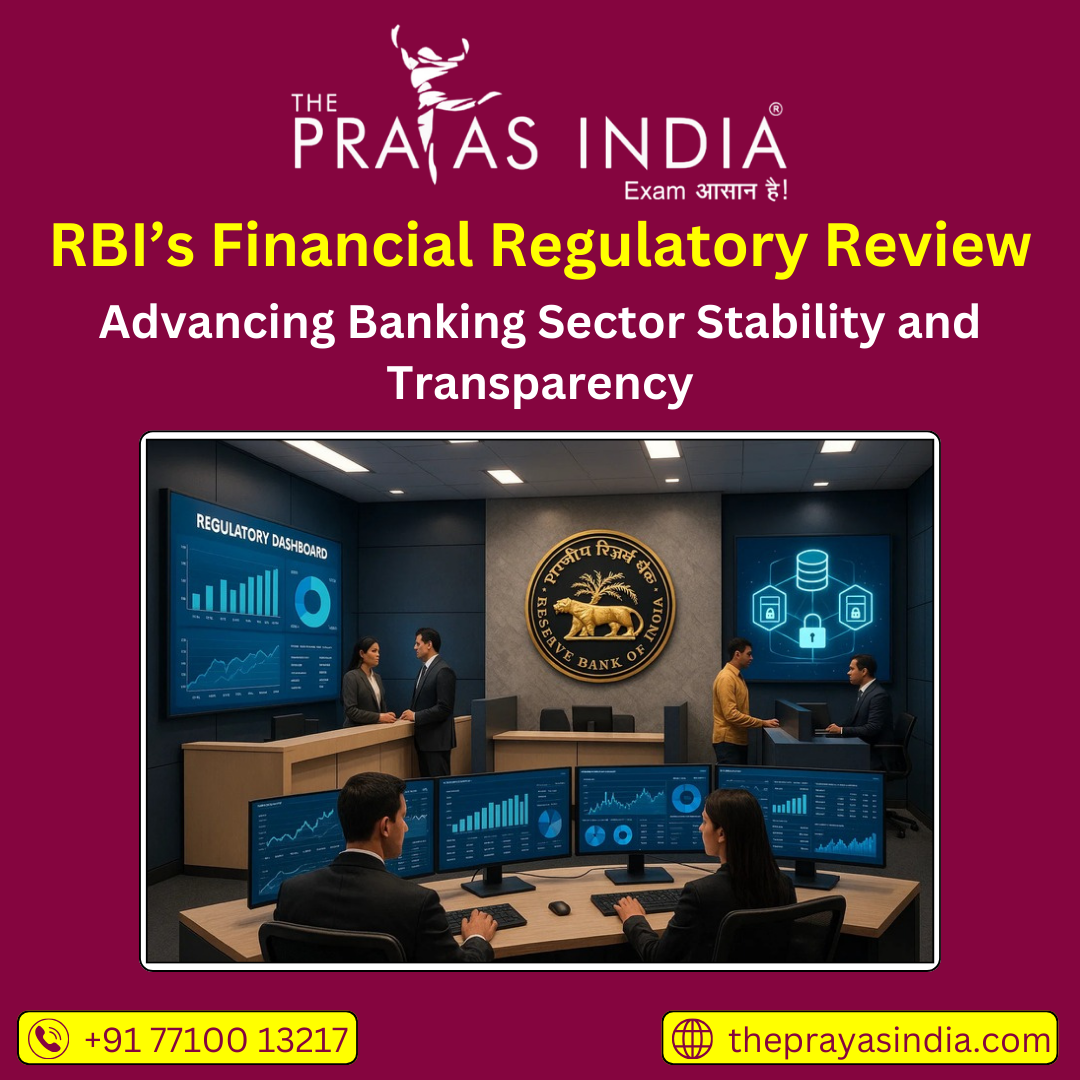India’s Retail Inflation Rises to 2.07% in August 2025
Overview of Inflation Trend
India’s retail inflation, as measured by the Consumer Price Index (CPI), increased moderately to 2.07% year-on-year in August 2025, up from 1.61% in July. This marks the first monthly rise in inflation after nearly ten months of decline, yet it remains comfortably within the Reserve Bank of India’s (RBI) target band of 2% to 6%. The data reflects a stable economic environment amid controlled price pressures and signals a cautious but positive outlook for monetary policy.
What is Inflation?
Inflation refers to the general increase in prices of goods and services over a period of time, leading to a decrease in the purchasing power of money. When inflation occurs, each unit of currency buys fewer goods and services than before. It is usually expressed as a percentage annual rate.
There are different types of inflation, including:
- Demand-pull inflation, where demand for goods exceeds supply.
- Cost-push inflation, caused by rising costs of production, such as wages or raw materials.
- Built-in inflation, linked to adaptive expectations where past inflation leads to future inflation.
Moderate inflation is considered a normal part of a growing economy, but excessive inflation can reduce the value of savings, increase living costs, and hurt economic stability. Central banks and governments monitor inflation carefully to maintain it within a target range, balancing growth and price stability.
Key Drivers of Inflation
The uptick in inflation in August was mainly driven by rising prices of certain food items and essential goods. Prices of vegetables, meat and fish, oils and fats, eggs, and personal care products registered an increase, contributing to overall inflationary pressures. However, food inflation remained in deflationary territory for the third consecutive month, showing a modest decline of 0.69%, indicating that food prices are still relatively soft despite localized increases.
Urban and Rural Inflation
The inflation rate differed slightly between rural and urban areas. Rural inflation increased to 1.69% in August, while urban inflation was higher at 2.47%. This variance reflects the higher cost pressures in urban centers compared to rural locations, driven by differing consumption patterns and price dynamics.
RBI’s Inflation Target and Monetary Policy Implications
The RBI has consistently maintained inflation management as one of its key priorities, targeting a CPI range of 2% to 6% to support sustainable economic growth. The 2.07% inflation rate in August remains well below the upper threshold, giving the central bank some flexibility in its monetary policy. Analysts suggest that the continued low and stable inflation rate may allow the RBI to maintain its current stance on interest rates for now, balancing growth support with inflation control.
Outlook and Economic Stability
Despite the marginal rise, inflation remains modest and under control, which contributes to overall economic stability. Monitoring price trends in essential commodities and core inflation components will be critical in the coming months, especially with the impact of seasonal rainfall on agricultural output and food supply chains. A stable inflation environment supports consumer confidence and investment activity, reinforcing the positive trajectory for the Indian economy in 2025.




![Prayas-तेजस [UPSC CSE Sociology Optional] – Online & Offline](https://theprayasindia.com/wp-content/uploads/2025/09/Prayas-तेजस-UPSC-CSE-Optional-Subject-The-Prayas-India-300x300.png)
![Prayas-सूत्र [UPSC CSE Materials (Hardcopy)]](https://theprayasindia.com/wp-content/uploads/2025/09/Prayas-सूत्र-UPSC-CSE-Study-Materials-Hardcopy-The-Prayas-India-300x300.png)
![Prayas-मंत्रा [UPSC CSE CSAT]](https://theprayasindia.com/wp-content/uploads/2025/09/Prayas-मंत्रा-UPSC-CSE-CSAT-The-Prayas-India-300x300.png)
![Prayas सारथी [UPSC CSE One on One Mentorship]](https://theprayasindia.com/wp-content/uploads/2025/09/Prayas-सारथी-UPSC-CSE-One-on-One-Mentorship-The-Prayas-India-300x300.png)










